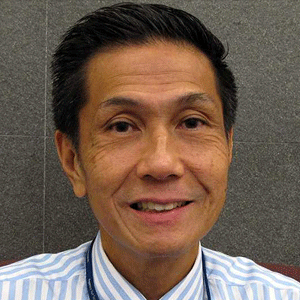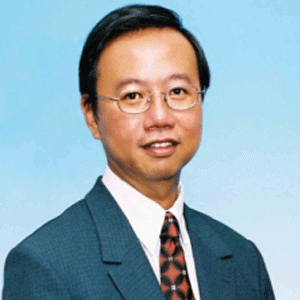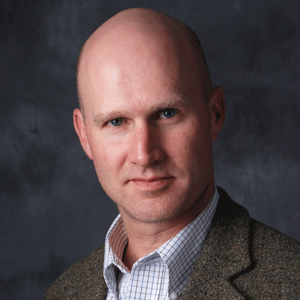THANK YOU FOR SUBSCRIBING

Charlie Wood, Managing Director, Dropbox
There’s a famous quote by Bill Gates: “We always overestimate the change that will occur in the next two years and underestimate the change that will occur in the next ten.”
The quote refers to the fact that we have a tendency to speak about technology as if it were still something off on the horizon, not really affecting the way we live our lives in the here and now.
Of course, technology is very much of the here and now. People are becoming more cognisant of that, but there is still a gap between how we think about things in our life like work and the role tech plays in that. Especially in regard to our working lives, technology has reshaped the types of work we do and how we do it. At a granular, everyday level, we see tech constantly redefining what work means.
There are three key areas that are currently driving massive transformations in how we think about work: the voluminous growth in data sometimes referred to as ‘big data’; the continually increasing mobility of the global workforce, especially in professional roles; and the drive to collaboration and innovation.
Growth in data
At the moment, we are generating more data than we probably know what to do with. The mind boggling numbers on this explosion of big data are easily found and almost don’t do justice to the sheer scale of information we are now accessing and trying to comprehend. And we’re only just beginning.
The number of platforms and devices generating data is set to grow dramatically with the advent of the Internet of Things. Last year, Cisco estimated there were about 10-15 billion devices connected to the internet and that by 2020 that number will be around 50 billion.
Mobile workforce
Another key factor transforming our relationship to work is mobility. This mobility is manifested in several ways, including the mobility companies now have to access talent from around the world, as well as the mobility that talent has to work from anywhere in the world.
The company that puts together a project team made up of members from the far flung reaches of the globe is no longer on the horizon of the future; it is very much here and now. People work from home; people work in co-working spaces; people pop into offices and work from the road; people work how they want, often when it best suits them.The tools are now in place to enable people this freedom and to give companies the capacity to monitor and maintain this regime.
"The number of platforms and devices generating data is set to grow dramatically with the advent of the Internet of Things"
This liberated workforce brings with it some challenges for organisations, especially in terms of security and project management, because people like to use their own devices and preferred platforms. Fluid, ad hoc arrangements can be struck on how workflows are managed because we now have flexible tools that allow us to be device and platform agnostic: file types and formats can be easily managed on any device, on any platform.
Collaboration
Silo thinking has been busted in the past few years as more and more businesses wake up to the benefits of collaborative models of innovation.
Collaboration can be a matter as informal and low-key as colleagues from different teams or departments getting together to share cross-enterprise insights; or it can involve mass-scale initiatives bringing together multiple stakeholder organizations with thousands of people working on a billion-dollar project. The important thing is that people are given the space and tools to work together, share data and exchange ideas.
There is a strong tradition of open working models in the IT industry and this mode of working has started to find its way into other industries. One of the underlying requirements of open and collaborative models is the need for commonalities that enable people to work together without worrying about technical barriers or security issues. As more companies seek to utilize collaboration as a driver of innovation, the need for connector technologies will also grow.
To paraphrase Bill Gates, the future of work is already here, we’re living it and already using the technology that has made it possible. We now have the tools to take advantage of it.













